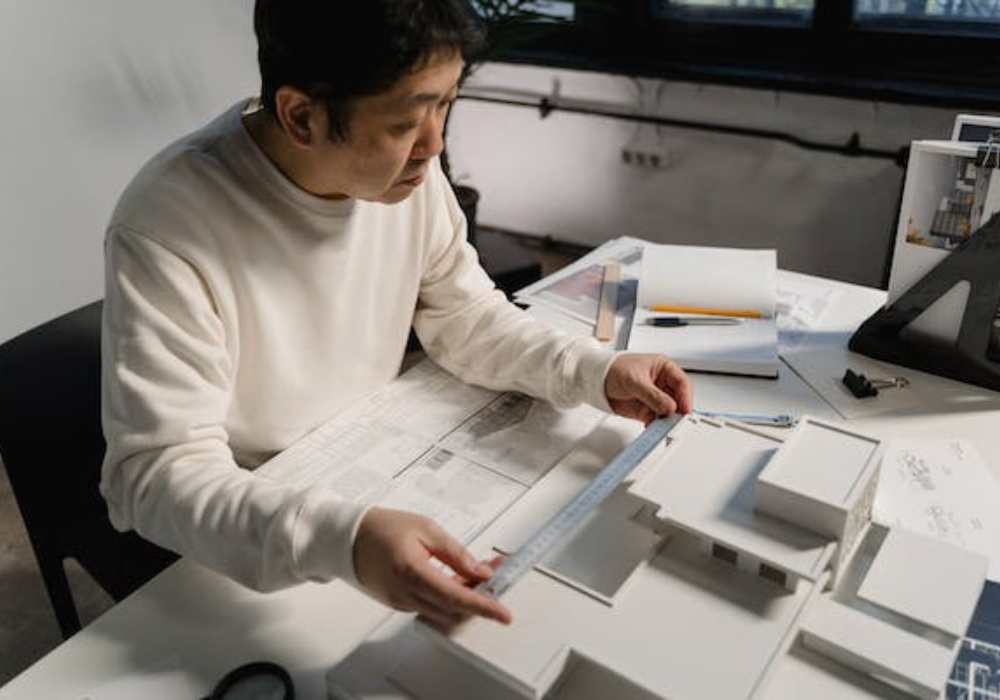How Digital Product Design Can Help You Make Better Products in India

- What is Digital Product Design, and Why is it Important?
- How Does Digital Product Design Differ from Traditional Product Design?
- Primary Elements of a Successful Digital Product Design
- User-Centered Design and its Benefits for Digital Product Design
- How Do You Conduct Customer Research for Digital Product Design?
- Learn Digital Product Design Online with Emeritus
Rapid technological developments are increasingly driving companies to create their own innovative digital products, leading to the rise of digital product design as an in-demand career. A digital product can include software, mobile apps, and video games, among many others. Product designers are required to supervise and contribute to every stage of a digital product’s development. Keeping this growing need in mind, let’s dig deeper into the importance of digital product design and how to implement it successfully.
What is Digital Product Design, and Why is it Important?
The digital product design process involves the development of innovative digital solutions addressing consumer needs and priorities. The designer needs to visualize the digital product, its usage, and its importance to achieve the desired result for a brand. A robust design approach is critical to help businesses attract and retain new customers.
How Does Digital Product Design Differ from Traditional Product Design?
There isn’t much difference in the process of designing a digital and a physical product. In both cases, the primary focus will have to be on customer experience. However, designing digital prototypes requires more planning and research than physical products.
Package design is another key area of difference in physical and digital product design. A physical product includes a package and the actual product. But in the case of a digital product, the whole product is a package. Therefore, designers will have to develop a product that offers a seamless experience from purchase to delivery.
Primary Elements of a Successful Digital Product Design
The key elements of a successful digital product design are as follows:
1. User-Centricity
Every digital product must be able to meet the growing needs and expectations of users. Before designing digital products, understand your target market, what they want, their problems, and how you can solve them. Refine your digital product according to your findings to make it user-friendly.
2. Hassle-Free Experience
Several digital experiences put obstacles in our path. The obstacle can be anything, from annoying pop-ups to obtuse menus that make browsing difficult. But every user demands simplicity in terms of digital product design. For example, instant load times, clear instructions, and easy navigation are some crucial elements to deliver a hassle-free experience with your digital product.
3. Value Over Features
While it is true that the latest features will impress customers, they don’t help your product stand out. In fact, avoid adding a feature that will distract customers from your core offering. Instead, focus on those that provide value to the user experience.
Google’s homepage is a good example of putting emphasis on delivering value to the user. It is simple to explore the internet, escape the real world with the Google Doodle, or use your Google services. Google could have done much more with all that empty space. However, doing so would diminish the value of the digital product.
Also Read: Designing for Success Key Information about Design System Every Product Manager Needs to Know
User-Centered Design and its Benefits for Digital Product Design
User-Centered Design (UCD) is a design technique where the primary focus is on the users and their demands throughout the design process. UCD design teams employ a combination of design methodologies and research involving users throughout the design procedure. It leads to the development of usable and easily available products.
The UCD approach sheds light on the fact that digital product design goes beyond simple graphic design and coding. You will observe that using the UCD approach in digital product design leads to the following benefits:
1. Prevents Developing Unnecessary Functionality
The UCD method gives the product team a better understanding of what to develop and how. It is far less expensive to undertake successful iterations and testing throughout the design stage than it is to discover errors in the final product, rethink, and create fresh functions all over again.
In other words, UCD will ensure that you can deliver a digital product that customers want to use. In terms of business growth, the digital product can lead to greater customer satisfaction and engagement. Consequently, it will lead to customer retention and loyalty.
2. Ensure Accessibility and Remove Barriers
One of the primary goals of user-centered design is to convert a physical experience into a digital experience. It also looks to build an altogether new digital experience that is available and free of obstacles for all user categories. To achieve this, the user’s potential, needs, fears, and constraints require to be deeply understood. That’s why keeping users at the center of digital product design is essential.
3. Develop a Safe and Resilient Product
Another vital reason for employing the UCD approach is to develop a safer and highly resilient digital product. When designers consider the context and the environment from the beginning, they can develop a digital product that will perform well in various conditions.
How Do You Conduct Customer Research for Digital Product Design?
Every digital marketing expert recommends using the following quantitative and qualitative research strategies to generate valuable user insights and develop improved digital products:
1. Perform Online Surveys
Online surveys are an efficient way of collecting quantitative data related to user preferences. Firstly, prepare a short list of questions relevant to what you want to discover. Next, always be realistic about what you ask. Remember, while surveys can help you collect a lot of data, too many questions can make people skip participating in them.
2. Conduct A/B Tests
A/B testing is an effective technique to do research on particular, measurable activities expected from website visitors. For example, you may want individuals to subscribe to your email newsletter but have numerous different ideas about how to make it happen. You can observe user interactions with multiple copy and layout options using A/B testing methodologies to determine the best-performing version of your email registration form.
3. Interview Your Target Audience
Sometimes you might have too many questions about potential user behavior that can only be answered through in-person interviews. Holding user interviews will enable a collection of deep insights into user behavior in a way that surveys can’t achieve.
Learn Digital Product Design Online with Emeritus
In conclusion, digital product design is an in-demand function for creative and tech-savvy professionals. If you want to become an expert at digital product design, enroll in the product management courses offered by Emeritus. The courses will teach you the fundamentals of digital product design to ensure that you can develop user-friendly digital products according to the needs and requirements of the target audience.







